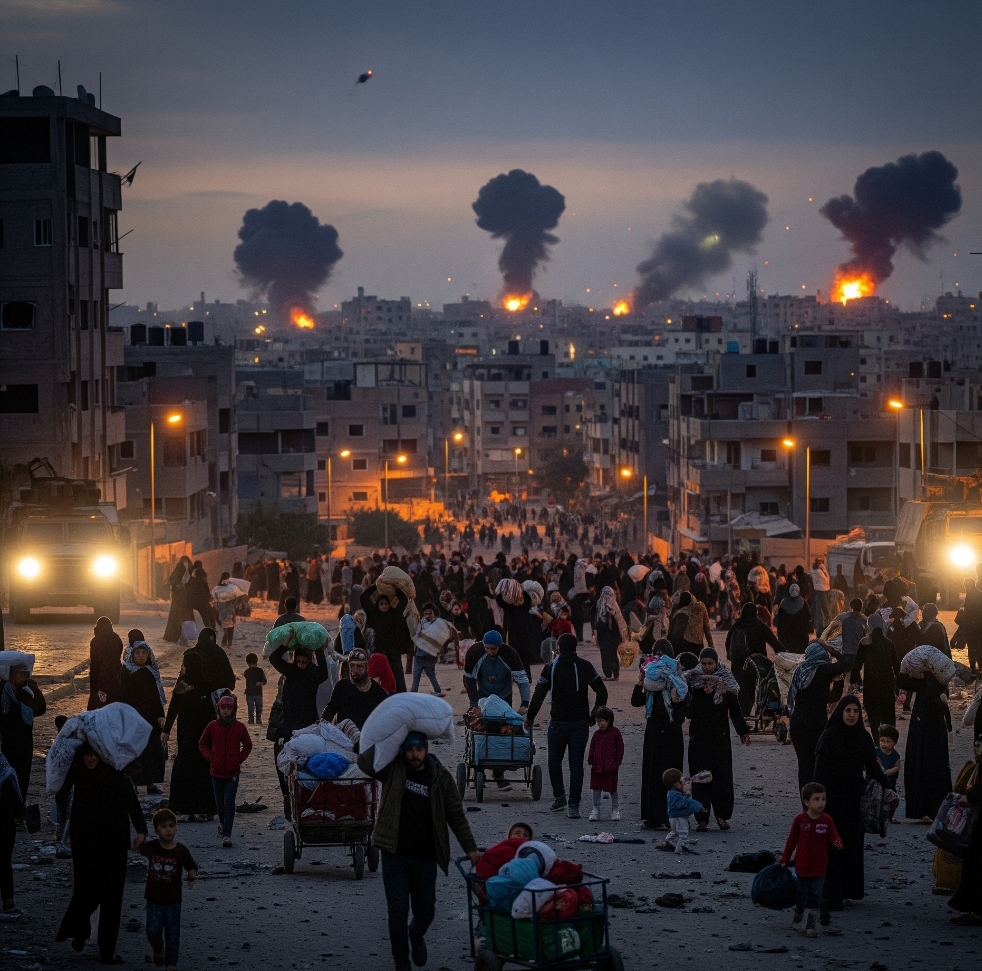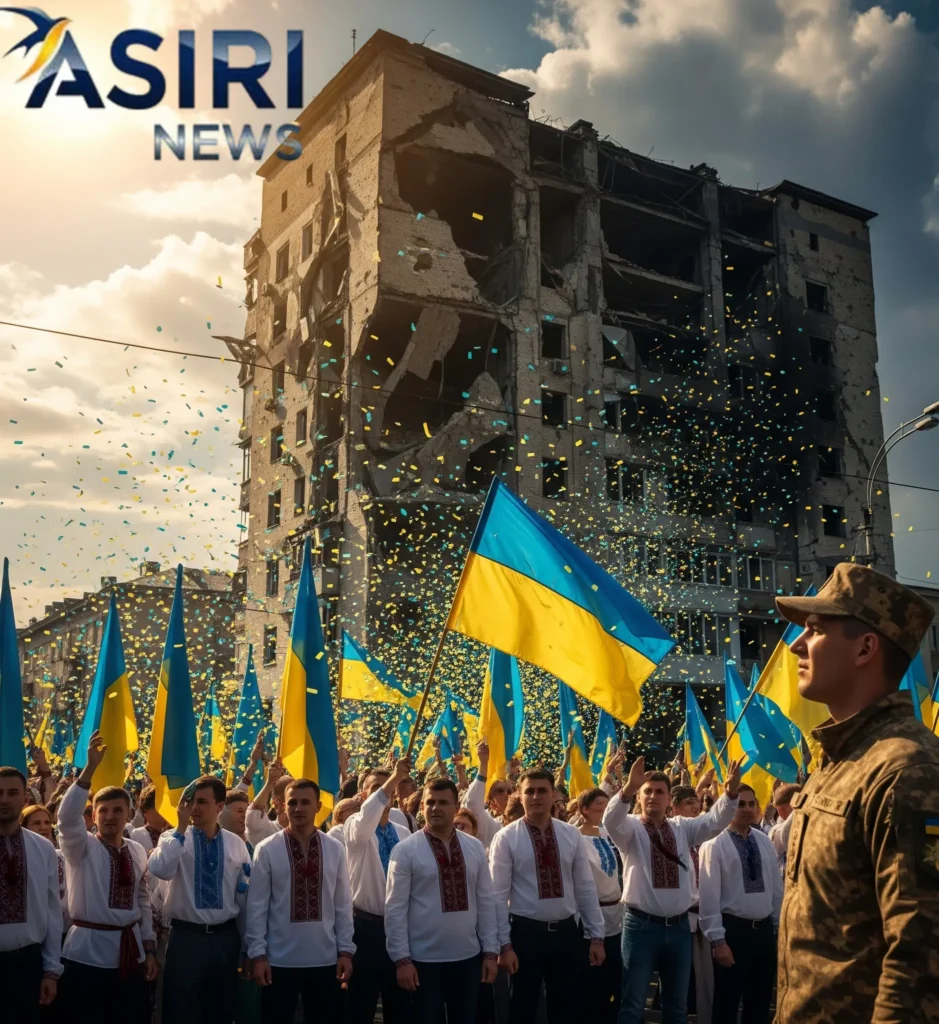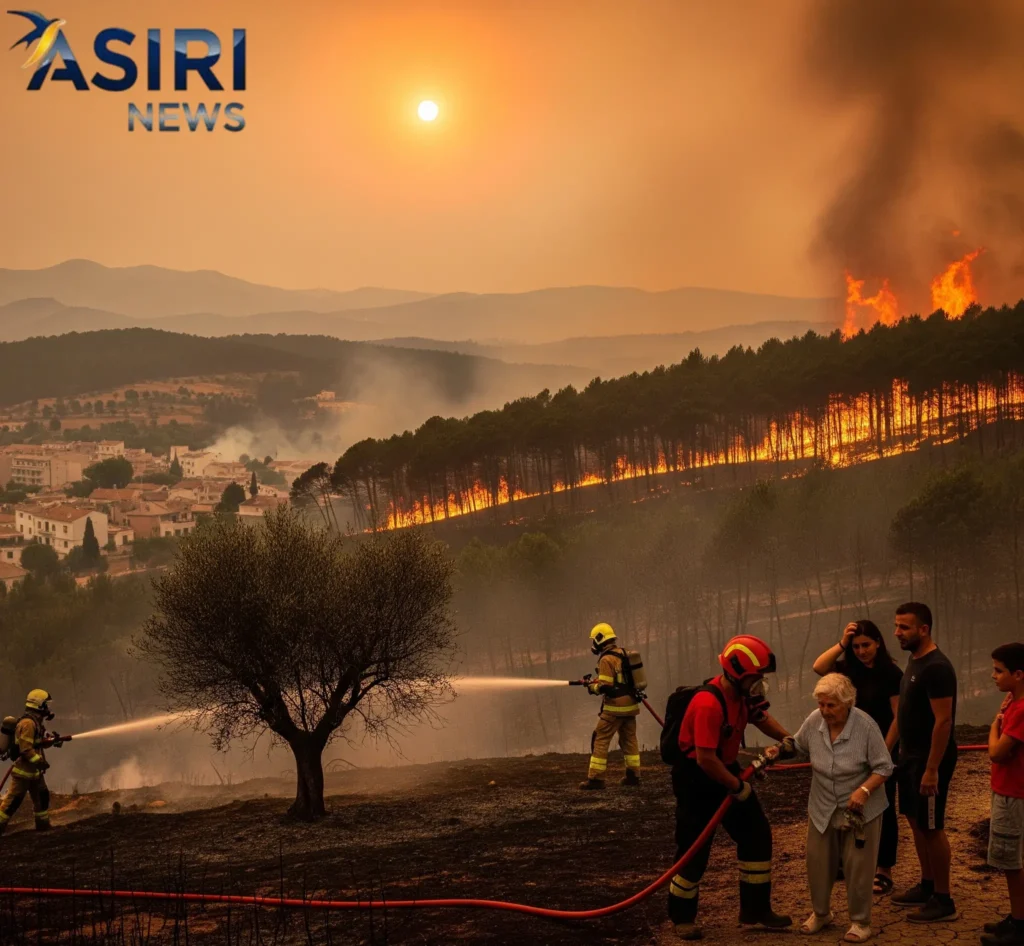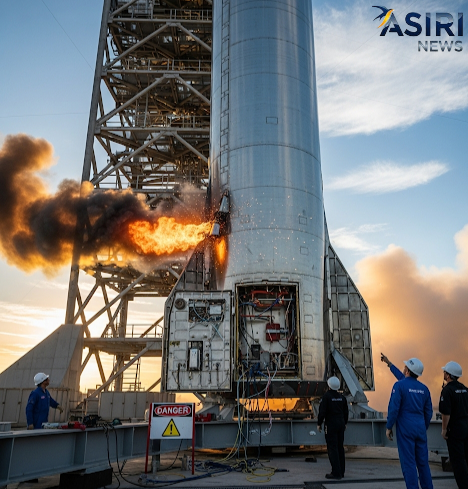Two years ago, Gaza City was a vibrant hub, a testament to its ancient history and a sanctuary for Palestinians seeking normalcy in a besieged enclave. Its markets buzzed with commerce, classrooms were filled with students, and cafes offered a brief escape. This city, with its millennia-old sites and deep cultural roots, was chosen by Hamas as its de facto capital in 2007. Despite years of conflict and a crippling blockade, a semblance of life persisted, supported by a robust aid system and a covert smuggling network that connected it to the outside world.
Today, the scene is drastically different. Gaza City, once the heart of the enclave, is a landscape of lawless ruins, ravaged by months of an Israeli assault triggered by Hamas’s October 7 attack. The upcoming Israeli military offensive, aimed at eliminating Hamas militants, has intensified the existential fears of the city’s residents. The once bustling streets are now choked with rubble, garbage, and sewage. Black smoke from burning plastic and wood, used as fuel by the population, blankets the sky, while the incessant buzz of Israeli drones is a constant backdrop to sporadic airstrikes.

Life for the remaining population has become a struggle for survival. With the collapse of Hamas’s policing apparatus, residents are left to fend for themselves amidst a breakdown of law and order. Access to basic necessities is a daily gamble. Markets, if they exist, are filled with overpriced and often looted goods. Hospitals and pharmacies are non-functional, leading to a surge in diseases and malnutrition. Residents report widespread infestations of lice and a lack of vitamins, leaving them weak and ill.
The psychological toll is profound. Residents like Majdi Abu Hamdi, a 40-year-old father, describe a city where explosions fill the air with dust and blown-out windows make it hard to breathe. He recounts a disturbing change in the behavior of stray dogs, now turned wild from “eating so many bodies,” their fierce howling a new, terrifying soundtrack to the city’s nights. The physical and emotional exhaustion is visible on the faces of people who, though young, look decades older due to hunger and the relentless stress of war.
Hamas, once a visible presence, has vanished from the streets. Its political offices and police stations have been destroyed. Militants, though not gone, are now a phantom force, operating from an extensive network of tunnels beneath the city. A Gaza City resident, speaking anonymously, notes that while Hamas has lost visible control, its members can appear “suddenly, you don’t know where from.” This operational shift to a decentralized, insurgent-like force makes them difficult to track and eliminate.
Hamas’s resilience is further highlighted by its continued ability to operate and even recruit. A new subgroup, ‘Al Rade’a’ or ‘The Deterring,’ has emerged, claiming to be formed by Hamas’s security apparatus to combat criminal gangs and those collaborating with Israel. This group has publicly claimed to have executed individuals, demonstrating that even amidst the chaos, the organization maintains a degree of internal control and a willingness to enforce its own form of justice.
As Israel prepares for its new offensive, codenamed “Gideon’s Chariots II,” the military is calling up tens of thousands of reservists. The IDF expects to face a well-prepared enemy that has had two years to dig in and fortify its extensive tunnel network. An Israeli military official noted that this “metro” is more complex than initially anticipated, with strategic hubs and tactical tunnels designed for surprise attacks. The plan is to give Palestinians a two-month window to evacuate before the assault begins, with a symbolic deadline of October 7, the two-year anniversary of the Hamas attack on Israel.
However, this plan has been met with warnings from international governments and aid groups. The high civilian casualty rate, reports of human rights abuses, and blockades on aid have raised significant concerns. Experts believe that while a full-scale occupation is possible, it would be extremely difficult and require immense troop strength to clear the dense urban area. As the clock ticks down, the fate of Gaza City and its remaining inhabitants hangs in a precarious balance, overshadowed by the prospect of a new, potentially catastrophic chapter in this brutal conflict.




Hi, this is a comment.
To get started with moderating, editing, and deleting comments, please visit the Comments screen in the dashboard.
Commenter avatars come from Gravatar.